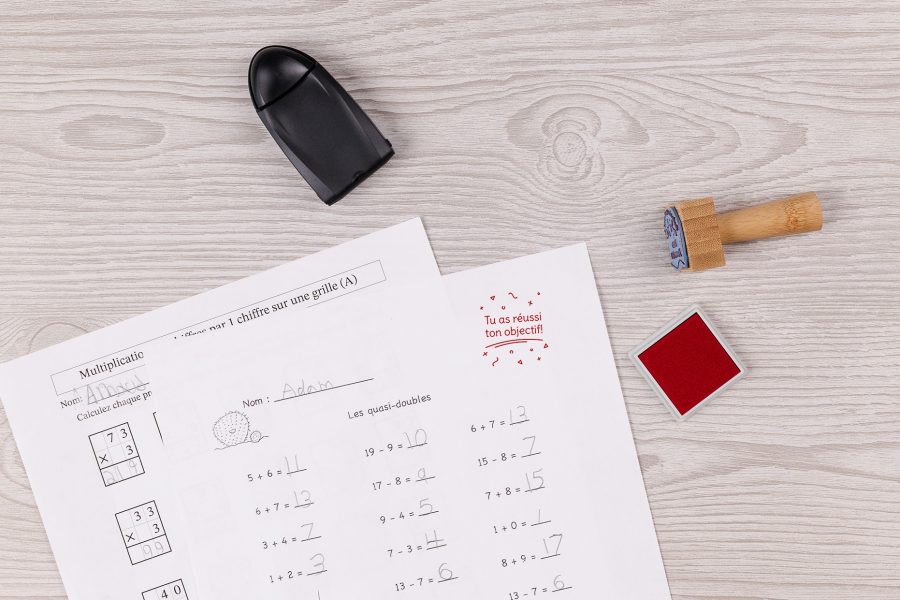Children love to tell stories and create new ones – however, they need to learn how to set up a captivating narrative.

How to get your kids interested in story design
Children are fascinated by stories. They love being read to or told stories while thy are falling asleep. They also love to tell stories and create new ones – however, they need to learn how to set up a captivating narrative. Here are a few tips to introduce them to story design.
1. Find the basic idea
All stories have a basic concept. To find it, the child needs to use his or her imagination. One trick for finding captivating ideas is to ask the question “What would happen if… this character entered at this moment or the ceiling collapsed while the characters were having lunch?” Just wondering what would happen if something occurred can lead to some very interesting story ideas.
To find the basic idea, explain to your kids that most stories are built around the same pattern. In each narrative there is the main character that attracts the readers’ sympathy, then there is their quest (a problem or a fear they are confronted with) and the adventures they face in order to resolve the problem. The story then ends in a denouement – the resolution of the conflict, at which point the main character returns to normal life.
2. Create the principal character
Once you have the basic idea (for example, the story is about a frog who wants to learn how to swim to join his friends on the other side of the pond, but is too afraid), it is necessary for the hero to be able to attract the readers’ sympathy if the narrative is to be captivating. To do this, the main character needs to have humanity and vulnerability. For example, it could be a one-legged monster.
In the case of the frog, what makes this character nice is that it does not know how to swim but that is exactly what it needs to do in order to join its friends. The friendlier and more human you make your character, the more people will identify with this character and thus appreciate your story.
3. Create secondary characters
Once you have your main character, it’s time to create a few secondary ones. These will be the main character’s allies and enemies. Generally speaking, in every story, there are friends, villains, mentors, and troublemakers (those that create problems to entertain the reader and add some fun to the narrative).
What makes a story interesting and engaging is adding one of these types of characters to it. Now – you are ready to start on your story design. Happy writing!






